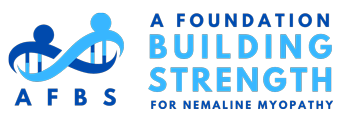Our team of scientists, doctors and researchers are paving the way to better understand and ultimately develop treatment for Nemaline Myopathy.
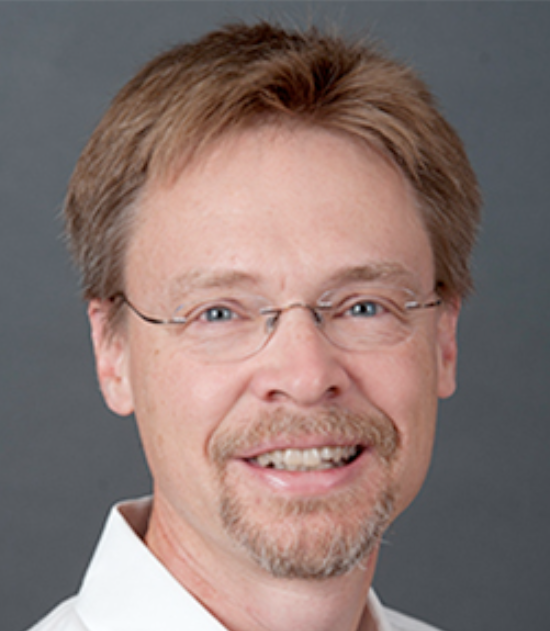
Dr. Alan Beggs
AFBS Scientific AdvisorDr. Beggs, of Boston Children’s Hospital and Harvard University, focuses on gene discovery and improving methods for identification of pathogenic mutations, with return of these research results to patients in a clinical setting. Current research in the Beggs laboratory utilizes genomic approaches in human patients and animal models to understand the pathophysiology of rare genetic conditions, and to develop animal models for use in creating targeted therapies to treat these devastating childhood disorders.
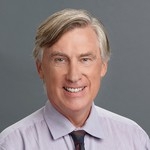
Dr. John Day
AFBS Scientific AdvisorDr. Day is a professor of neurology and pediatrics at Stanford Medicine and director of the neuromuscular program. He runs clinics for patients with neuromuscular disease in the pediatric and adult hospitals. He is a trusted scientific advisor for AFBS.
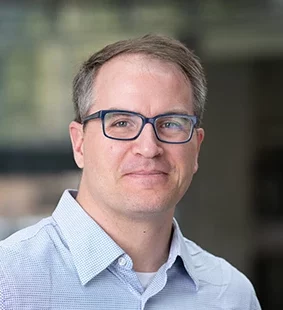
Dr. Jim Dowling
Children’s Hospital of PhiladelphiaDr. Dowling is particularly focused on muscle disorders that present in infancy, including the congenital myopathies and the congenital muscular dystrophies. Dowling utilizes a combinatorial approach that includes new gene discovery (using next generation sequencing technology), model organism development (particularly using the zebrafish model system) and both targeted, and large scale screening drug discovery approaches.
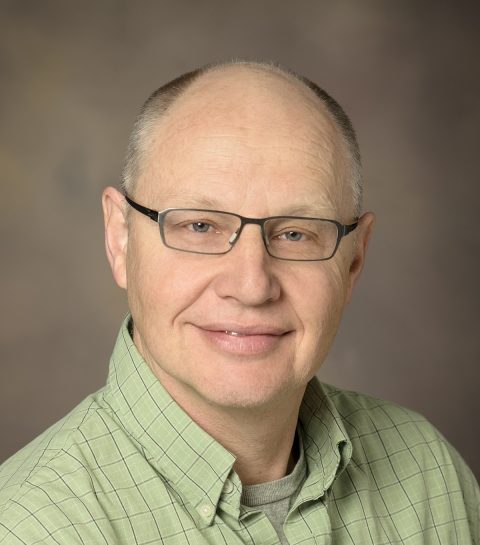
Dr. Henk Granzier
University of ArizonaA focus of Dr. Granzier’s lab is on nebulin, a major muscle protein that causes Nemaline Myopathy. Based on previous work, they hypothesize that nebulin is a determinant of calcium sensitivity of contractile force. To test this and other concepts, he uses a nebulin knockout approach in the mouse.
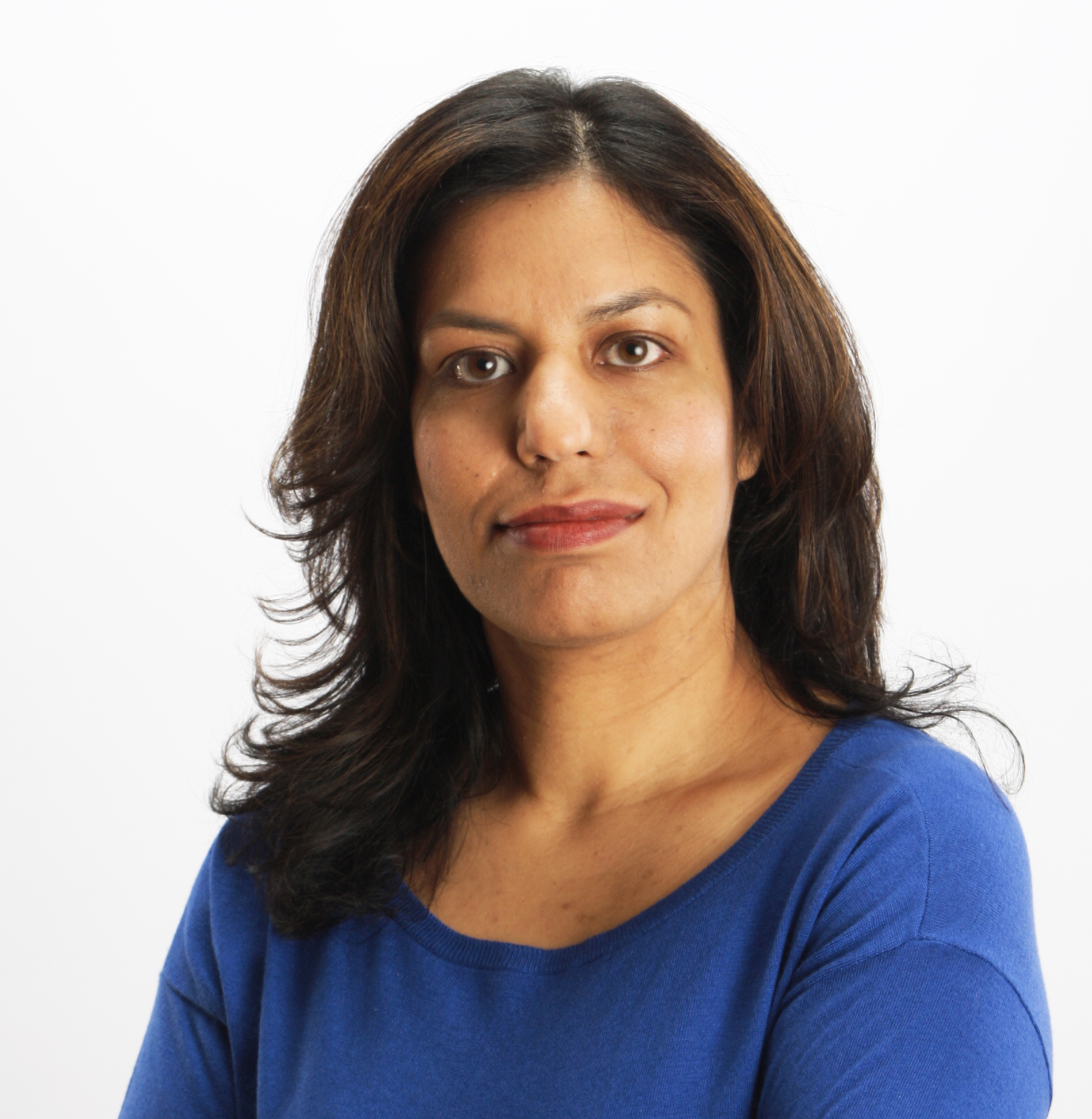
Dr. Vandana Gupta
Harvard Medical School and Brigham and Women’s HospitalDr. Gupta’s laboratory studies genetics of neuromuscular diseases. Her research group has identified several new genes in neuromuscular diseases and developed animal models to test novel therapeutics and study disease pathophysiology. Her group is currently developing therapies for nemaline myopathy by small molecule screening in cellular and animal models and gene targeting approaches to develop cure for patients affected with these disorders.
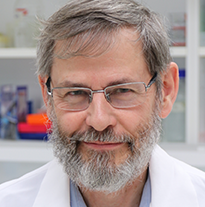
Dr. Nigel Laing
Harry Perkins Institute of Medical ResearchDr. Laing focuses his research on prevention genetics through three research themes: reproductive carrier screening, development of improved diagnostics, and development of treatments for genetic muscle diseases.
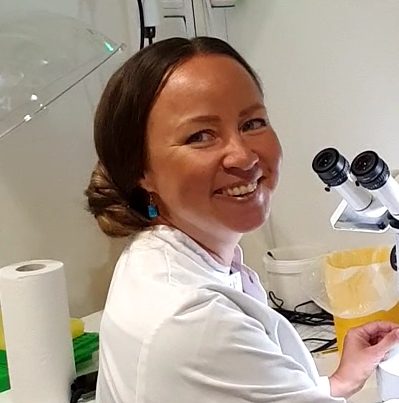
Dr. Jenni Laitila
University of Copenhagen, DenmarkDr. Laitila is working as a postdoc in Dr Ochala’s lab (Copenhagen), studying myosin dysfunction in NM, aiming at finding potential new targets for therapy.
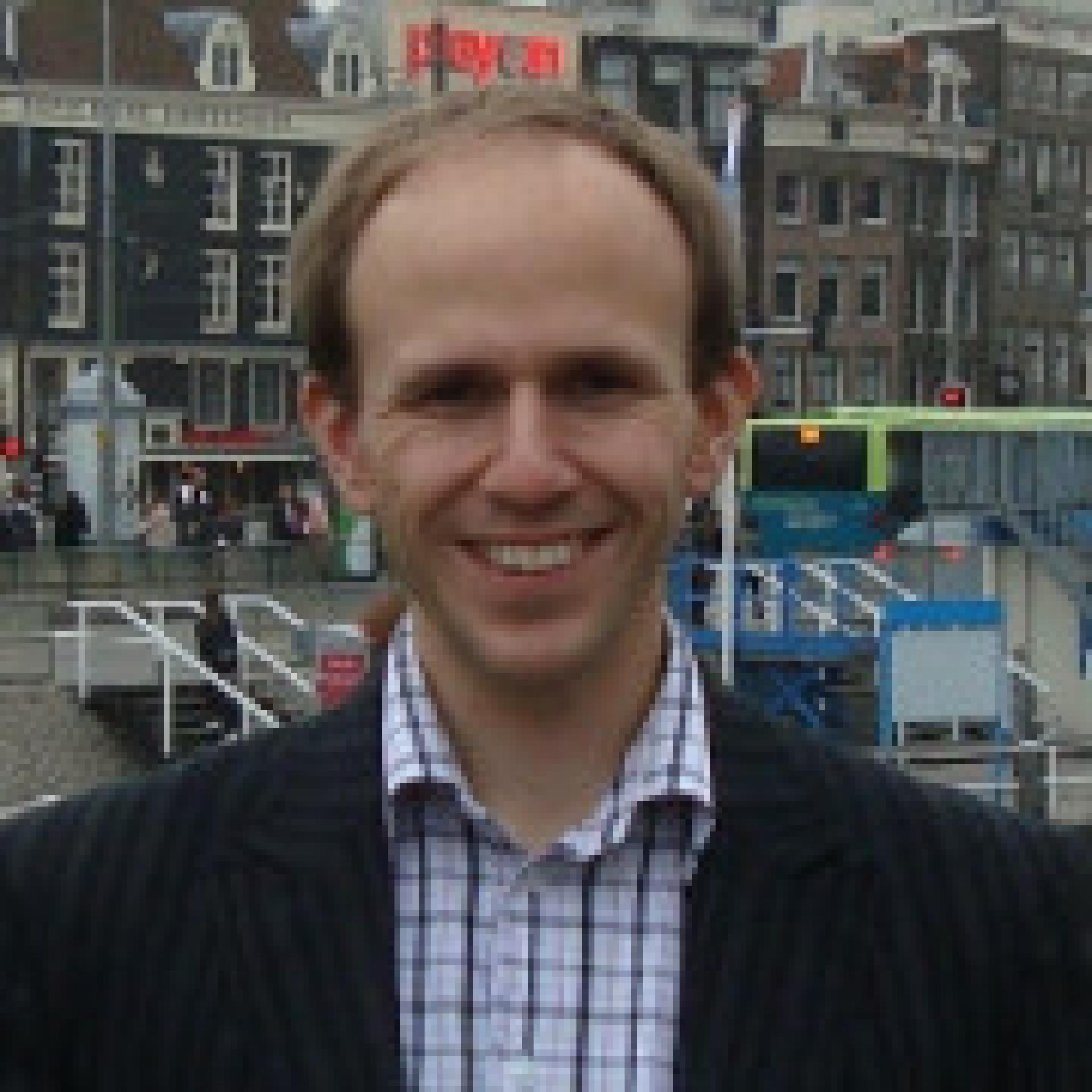
Dr. Johan Lindqvist
University of ArizonaDr. Lindqvist is the Associate Scientific Investigator at the Granzier Lab at University of Arizona, working with Dr. Henk Granzier on Nemaline Myopathy research.
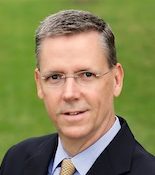
Dr. David Mack
University of WashingtonThe Mack laboratory combines stem cell and gene therapies to develop new treatments for neuromuscular diseases.
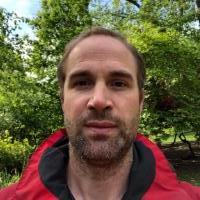
Dr. Julien Ochala
University of CopenhagenDr. Ochala’s research focuses on the understanding of the regulation of muscle contraction in health and disease (at the cellular and molecular levels). To achieve this, his laboratory uses animal models and human tissue together with a portfolio of techniques ranging from single molecule biophysics to whole muscle physiology and from X-ray diffraction to high-resolution confocal microscopy allowing deep mechanistic studies.
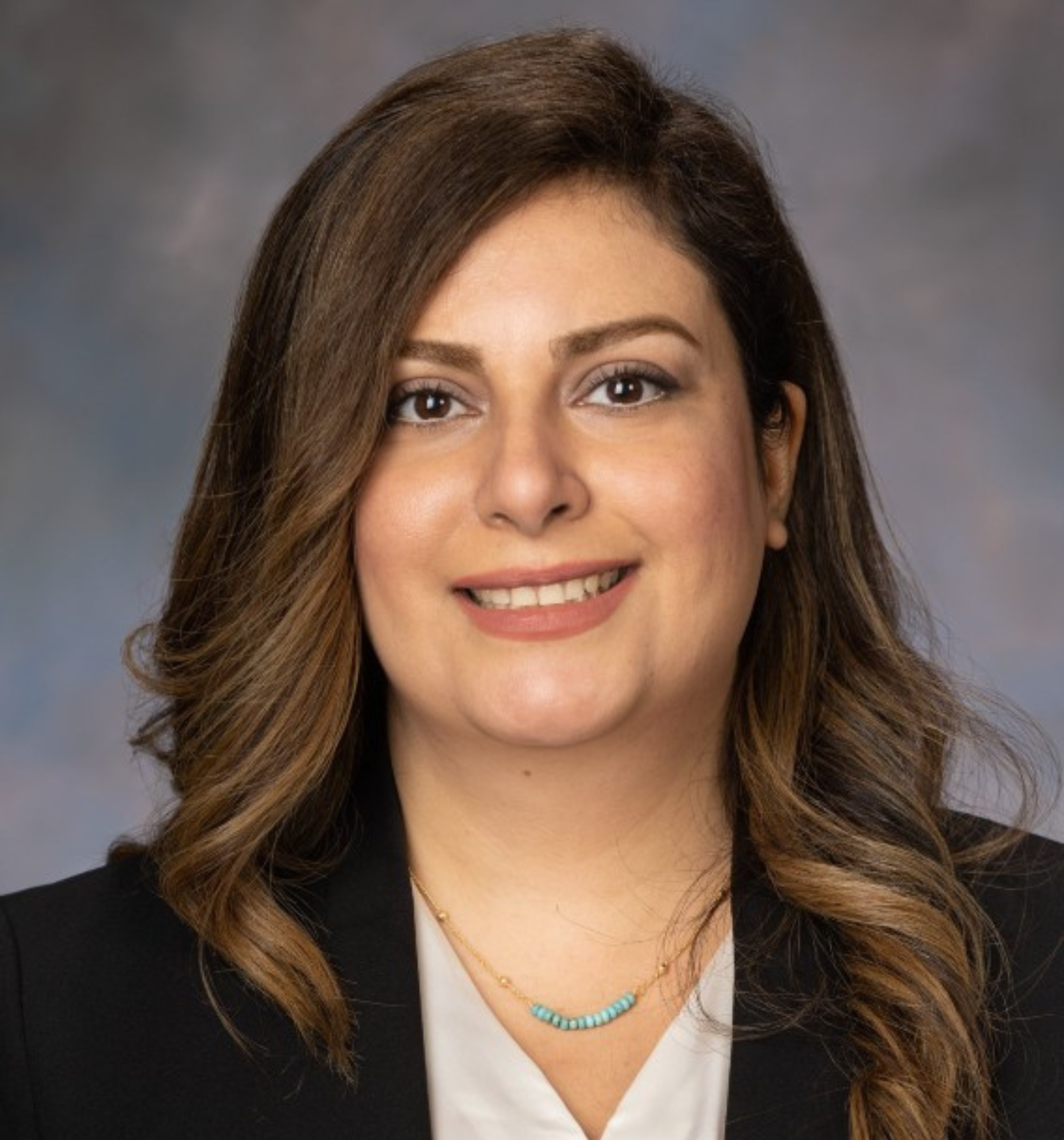
Dr. Afrooz Rashnonejad
Nationwide Children’s HospitalDr. Rashnonejad is developing a gene therapy specifically for ACTA1-related NM, also known as Nemaline Myopathy 3 (NEM3). Her team has designed a therapeutic genetic construct to shut down the expression of the mutated ACTA1 gene that causes NM and created a way to deliver a healthy copy of the ACTA1 gene using AAV Vectors to carry therapeutic genetic material into muscle cells.
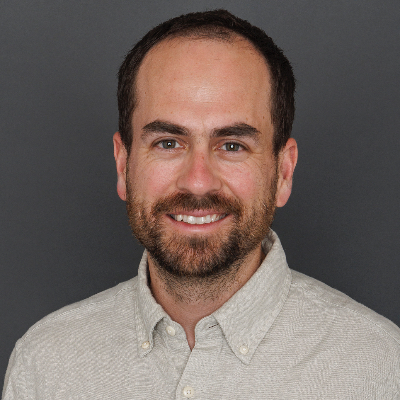
Dr. Jonathan Realmuto
University of California, RiversideDr. Realmuto focuses on developing theoretical and engineering principles for human-robot systems with applications towards restoring and enhancing human mobility and perception. His team designs, builds, and experimentally tests wearable and assistive robots, active prostheses and orthoses, neuroprostheses, and collaborative robots.
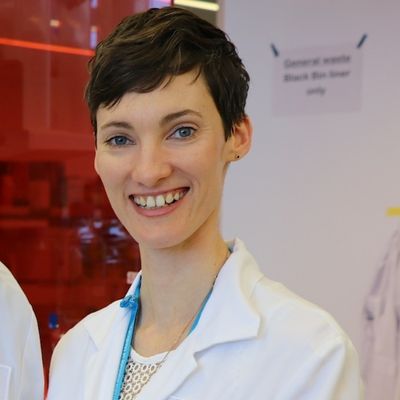
Dr. Rhonda Taylor
Harry Perkins Institute of Medical ResearchDr. Taylor has a particular focus on developing novel genomic treatments for nemaline myopathy. Her research interests include CRISPR-Cas9 gene editing, upregulation of foetal gene isoforms, oligonucleotide-based treatments for muscle disease, and AAV-mediated gene therapy. Rhonda is also developing and characterizing human cell models of nemaline myopathy, which she hopes will facilitate the development and testing of novel treatment strategies.
